Address
No.3 Chengcai Road, Leliu Town, Shunde District, Foshan City, Guangdong, China 528322
Address
No.3 Chengcai Road, Leliu Town, Shunde District, Foshan City, Guangdong, China 528322
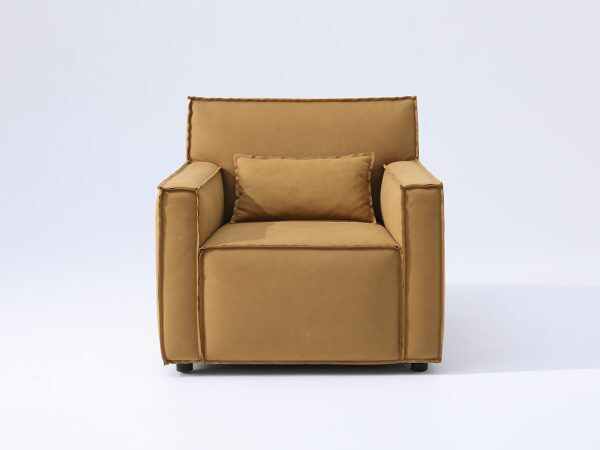
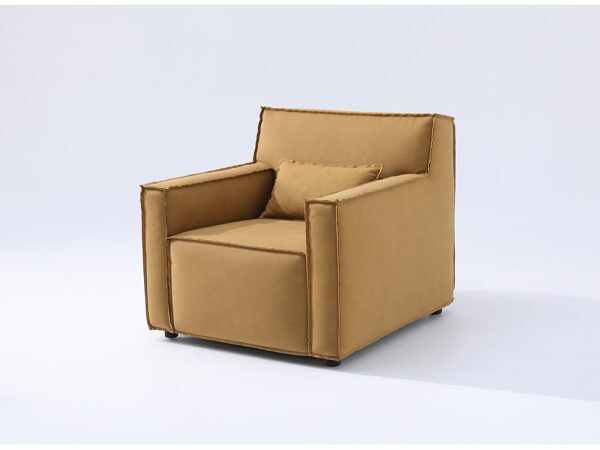
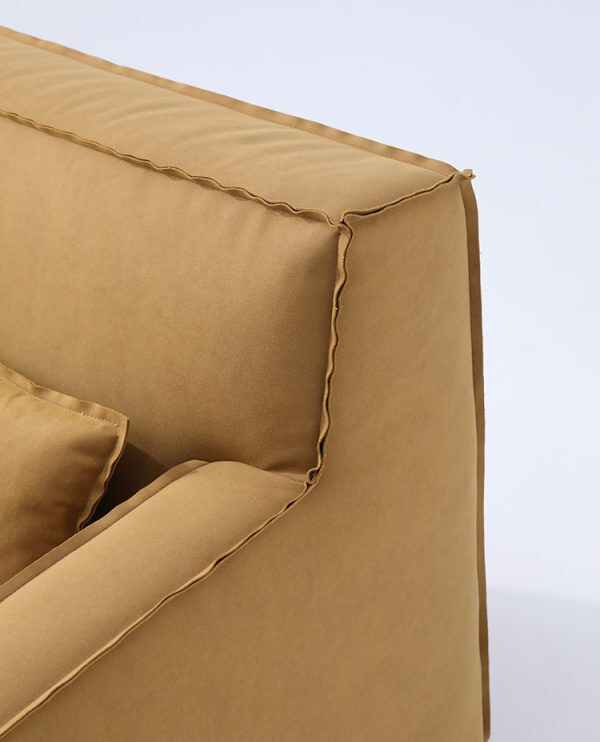
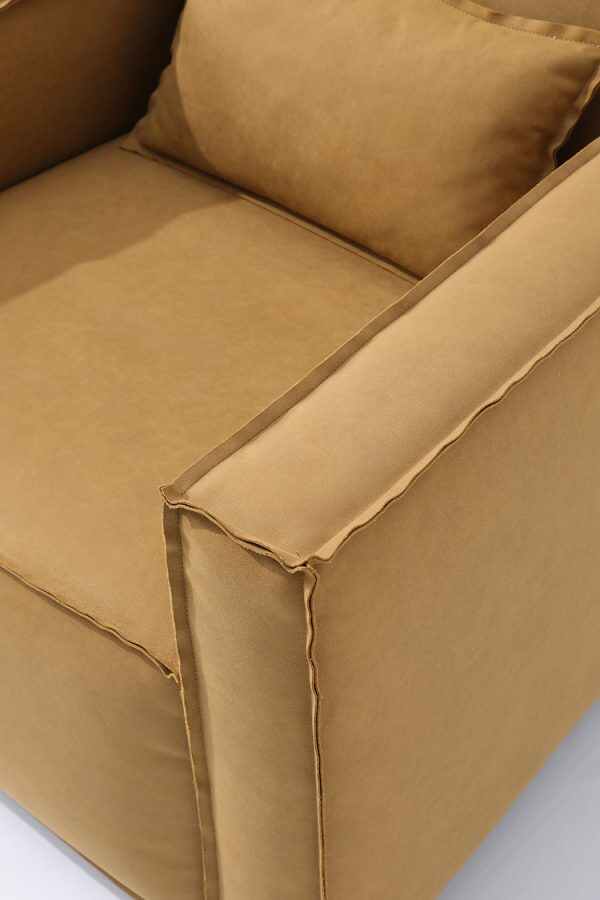
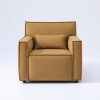
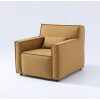


Discover accent chairs that blend comfort and style. Our Camel Deconstructed Accent Chair offers modern elegance for any room, enhancing your home decor effortlessly.
Accent chairs are versatile pieces of furniture that can transform any room by adding a touch of personality, color, or texture while providing functional seating. Whether placed in a living room, bedroom, or home office, these chairs serve as focal points that elevate the overall aesthetic of a space. In this comprehensive guide, we’ll explore everything you need to know about accent chairs, from their historical roots to modern designs, with a special focus on introducing our featured product: the Camel Deconstructed Accent Chair. This chair exemplifies contemporary craftsmanship, combining plush comfort with a unique, raw-edged design that appeals to those seeking a blend of minimalism and coziness.
As a furniture design enthusiast with over a decade of experience in interior styling and product evaluation, I’ve curated this article based on extensive research into industry trends, user preferences, and expert insights. Drawing from authoritative sources in home decor and furniture manufacturing, we’ll cover how accent chairs have evolved, the various types available, selection tips, styling ideas, maintenance advice, and more. By the end, you’ll have the knowledge to confidently incorporate accent chairs into your home, ensuring they not only look great but also stand the test of time.
The Camel Deconstructed Accent Chair stands out with its soft camel-colored fabric upholstery, featuring exposed seams that give it a handcrafted, artisanal feel. Measuring approximately 30 inches wide, 32 inches deep, and 34 inches high (based on standard proportions for similar designs), it includes a matching rectangular lumbar pillow for added support. The chair’s boxy silhouette and subtle fringe detailing along the edges create a deconstructed aesthetic, which is increasingly popular in modern interiors for its relaxed yet sophisticated vibe. Crafted with high-density foam cushions and sturdy black legs, this chair promises durability and comfort, making it ideal for reading nooks, conversation areas, or as a standalone statement piece.
In today’s fast-paced world, where homes double as workspaces and relaxation zones, accent chairs like this one offer a practical solution. They provide extra seating without overwhelming the room, and their design versatility allows them to complement various decor styles—from mid-century modern to bohemian chic. As we delve deeper, you’ll see why investing in quality accent chairs is a smart choice for enhancing both form and function in your living environment.
To truly appreciate accent chairs, it’s essential to understand their origins. Chairs, in general, date back thousands of years, with the earliest known examples from ancient Egypt around 5000 years ago, reserved for pharaohs and nobility as symbols of power and status. These early designs were ornate, often featuring intricate carvings and precious materials to denote wealth.
Fast-forward to the 16th and 17th centuries in Europe, where accent chairs began to emerge as distinct pieces. During the Renaissance, armchairs with upholstered seats became common in affluent homes, evolving from rigid wooden stools to more comfortable forms. The term “accent chair” itself refers to seating that adds an “accent” or highlight to a room’s decor, beyond mere utility. In the Victorian era, these chairs were elaborately decorated, reflecting the period’s emphasis on opulence and detail.
The 20th century marked a significant shift with the advent of modernism. Designers like Charles and Ray Eames introduced innovative materials such as molded plywood and fiberglass, making chairs more accessible and ergonomic. Accent chairs transitioned from status symbols to everyday essentials, incorporating influences from Art Deco, Bauhaus, and mid-century movements. Today, they embody a fusion of historical elements and contemporary innovation, with deconstructed styles—like our featured chair—drawing inspiration from industrial and minimalist trends that expose structural elements for an authentic, unfinished look.
This evolution underscores the enduring appeal of accent chairs. They are no longer just for the elite but are integral to creating personalized, inviting spaces in modern homes.
Accent chairs come in a wide array of styles, each suited to different preferences and room functions. Understanding these types helps in selecting one that aligns with your needs. Below is a table summarizing popular types, their key features, and ideal uses:
| Type | Key Features | Ideal For | Example Brands/Models |
|---|---|---|---|
| Wingback | High back with “wings” for draft protection, often upholstered | Traditional or cozy reading areas | Ethan Allen Wingback |
| Club | Low back, deep seat, rolled arms | Lounging in living rooms or clubs | Maiden Home Perry Chair |
| Slipper | Armless, low to the ground | Small spaces or bedrooms | Slipper chairs from IKEA |
| Barrel | Curved, tub-like shape | Modern, compact setups | Rejuvenation Claude |
| Chesterfield | Tufted leather, rolled arms | Formal or vintage-inspired rooms | Chesterfield from Ashley |
| Chaise Lounge | Extended seat for reclining | Relaxation zones or patios | Chaise from The Spruce |
| Deconstructed | Exposed seams, raw edges | Contemporary, industrial styles | Shakespeare Deconstructed |
| Swivel | Rotating base for mobility | Offices or dynamic living areas | Vera Swivel from Maiden Home |
Each type offers unique benefits. For instance, wingback chairs provide excellent lumbar support and a sense of enclosure, making them great for drafty rooms. Deconstructed options, like our Camel model, appeal to those who prefer a casual, lived-in aesthetic, with visible stitching that adds character without overwhelming the design.
When exploring types, consider your room’s theme. Mid-century modern accent chairs, with clean lines and organic shapes, pair well with minimalist decor, while ornate bergère chairs suit French country styles. This variety ensures there’s an accent chair for every taste and space.
Our featured Camel Deconstructed Accent Chair is a prime example of how modern design can merge comfort with visual intrigue. Upholstered in a soft, durable fabric that mimics the warmth of suede, it features a rich camel hue that complements earth tones, neutrals, or bold accents. The deconstructed style is evident in the raw, fringed seams along the arms, back, and seat, giving it an artisanal, hand-stitched appearance that feels both contemporary and timeless.
Key features include:
Benefits extend beyond looks. This chair enhances room flow by creating cozy vignettes, such as a reading corner with a side table and lamp. Its easy-to-clean fabric resists stains, making it family-friendly. Priced competitively, it offers premium quality without the luxury markup, backed by positive user feedback on similar deconstructed models for their unique charm and comfort.
In my experience evaluating furniture, chairs like this one score high on both ergonomics and style, often becoming the room’s conversation starter.
Selecting accent chairs requires careful consideration to ensure they fit your lifestyle and space. Start by assessing the room’s purpose: Is it for lounging, reading, or occasional use? For high-traffic areas, opt for durable materials like leather or performance fabrics.
Here are step-by-step tips:
Common mistakes include mismatched scales or ignoring function—always prioritize both. By following these guidelines, you’ll find accent chairs that enhance your home’s harmony.
Styling accent chairs effectively can redefine a room’s ambiance. Place them strategically to create balance and interest.
For our Camel chair, style it in a neutral living room with metallic accents for a modern twist.
Accent chairs are available in materials like fabric, leather, velvet, and microfiber. Fabric offers breathability but requires regular vacuuming; leather is durable but needs conditioning.
Maintenance tips:
For deconstructed chairs, gentle brushing preserves the raw look.
In 2025, trends favor sustainable materials and bold shapes. Top picks include Rejuvenation’s Claude for reading, and affordable options under $400 from various retailers. Our Camel chair aligns with deconstructed trends, offering timeless appeal.
Accent chairs emphasize style and decor enhancement, often with unique designs, while regular chairs focus on basic seating.
One or two, depending on space—use them to balance the layout.
Yes, for reading or dressing areas.
Absolutely, with proper care; their exposed elements are designed for longevity.
Accent chairs, like the Camel Deconstructed model, are more than furniture—they’re investments in comfort and style. By understanding their history, types, and care, you can create spaces that reflect your personality. Whether you’re revamping a room or adding a single piece, choose wisely for lasting satisfaction. For more inspiration, explore reputable retailers and consult design experts. Your perfect accent chair awaits.
Reviews
There are no reviews yet.